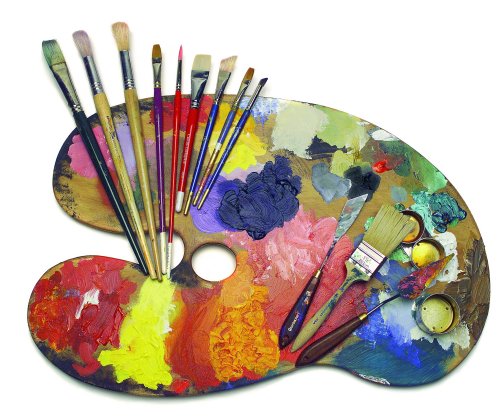
viernes, 3 de junio de 2011
2.2 Mesopotamian art
Place between two rivers. Ancient Mesopotamia is considered to be the ancient civilization (if we think as writing as the first evidence in civilization´s birth). These group of people settled right between Tigris and Eufrates rivers.
Widely considered to be the craddle of civilization, Bronze Age Mesopotamia included Sumer and the Akkadian, Babylonian and Assyrian empires. n the Iron Age, it was controlled by Neo - Assyrian and Neo - Babylonian empires. The falling of this empire concluded when Alexander the Great in 332 BC turn it into part of the Greek empire.
To understand more about this culture it is important to know about their belifs. There is an interesting book named: Arte y mito: manual de iconografía
Mesopotamian religion was polytheist, that is people believed in many deities. These gods were represented anthropomorphically (human in form and character), but were superhuman in power and inmortal. Main gods were:
- Enlil: God of the air.A beneficient creator who ensures good harvests.
- Anu: Supreme god of the heavens.
- Enki: Gd of water, arts and crafts, and wisdom
- Ninhursag: The Greater Mother and Lady of the Mountain, goddess of the earth and Anu´s consort.
- Utu: Sun god, judge and protector
- Nanna: God of the moon
- Inanna: Goddess of fertility, love and war
- Nergal and Ereshkigal: Queen and king of the underworld, who rule from a lapiz lazuli palace with seven gates.
Look up for the information studied in class Mesopotamian art presentation
After getting all these information, answer the following:
- Do you consider as realistic the sculptures of Mesopotamia?
- Does the style of the sculptures tell you something about Mesopotamian society, their beliefs and culture?
Suscribirse a:
Entradas (Atom)
